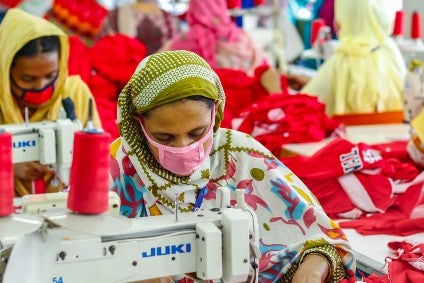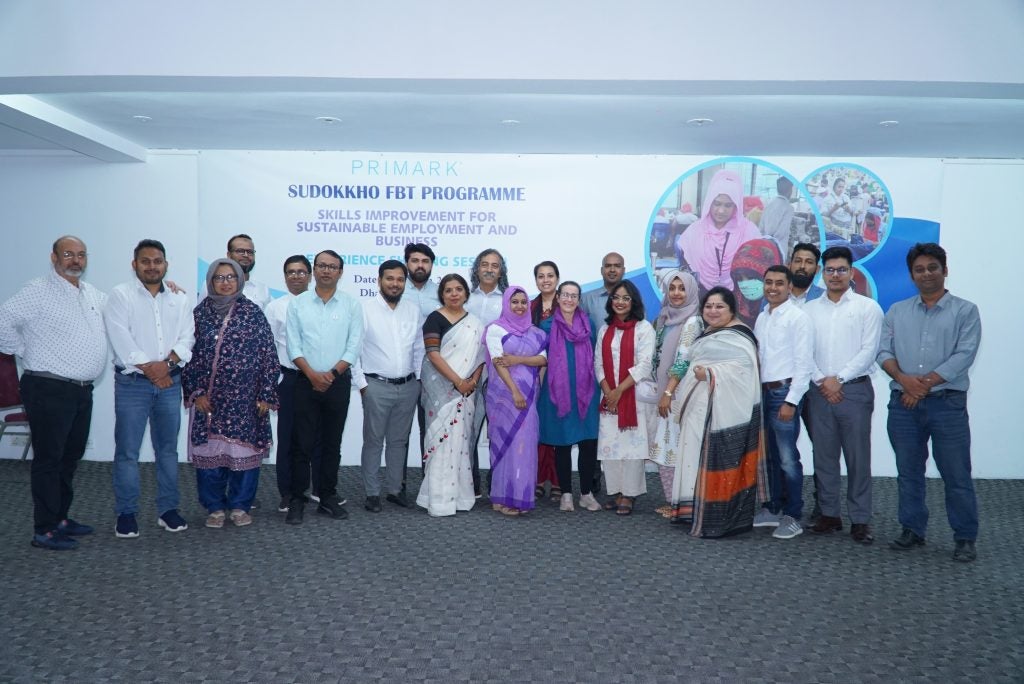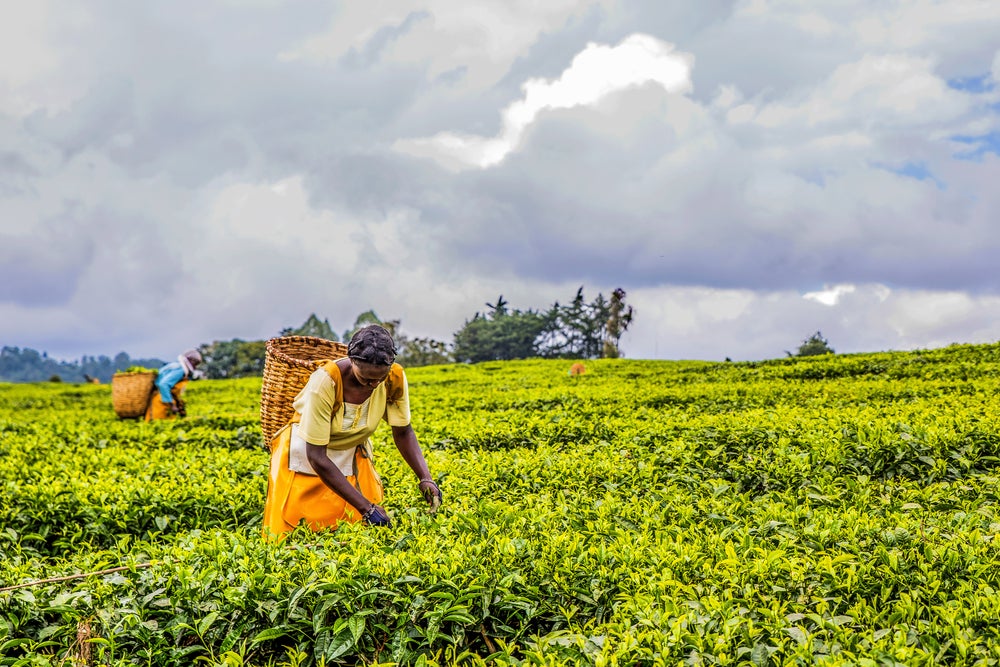
The Bangladesh experience represents a model for what factory safety reform might look like in other low-resource contexts. But now is a critical time to ensure there is no backsliding that could threaten the incredible progress made so far, writes Kathleen Almand, vice president of research, data and analytics at the National Fire Protection Association (NFPA).
Marcia Bernicat, the outgoing US ambassador to Bangladesh, recently warned industry leaders in Bangladesh of the risks of becoming complacent in the remediation of the country’s garment factories. “This was a difficult and expensive process, but it will continue to pay off for years to come – if you don’t become complacent,” she said.
If we have learned anything from past tragedies in Bangladesh, we must do everything in our means to ensure the ambassador’s urgings become reality; because any complacency will put millions of lives at risk.
The complexities of safety
Bangladesh has become all too familiar with the complexities involved in preventing loss of life from fire. For a generation, the ready-made garment industry lacked two conditions critical to preventing such disasters: institutional standards, like safe building design and clear emergency protocols; and engaged workers, who are equipped with the knowledge to spot fire risks and empowered to take appropriate action if a fire occurs.
See Also:
Despite growing influence in the global garment manufacturing market, thousands of factories in Bangladesh lacked strict safety standards. The human resource capacity to promote safety was nascent at best, and a culture of safety was non-existent. Just a few years ago, it would not have been surprising to learn of a security guard preventing workers from safely evacuating a burning factory, for fear that property would be stolen in the process.
How well do you really know your competitors?
Access the most comprehensive Company Profiles on the market, powered by GlobalData. Save hours of research. Gain competitive edge.

Thank you!
Your download email will arrive shortly
Not ready to buy yet? Download a free sample
We are confident about the unique quality of our Company Profiles. However, we want you to make the most beneficial decision for your business, so we offer a free sample that you can download by submitting the below form
By GlobalDataIt took the Tazreen Fashions fire in 2012 and Rana Plaza building collapse six months later to bring the poor state of Bangladesh’s factory safety under the global spotlight. Thankfully now, just a short five years following these unspeakable tragedies, the story of Bangladesh’s garment industry takes on a decidedly more positive tone. This is largely the result of the Alliance for Bangladesh Worker Safety and its partners’ efforts to combat endemic challenges to overhaul factory safety.
Building confidence
Safety in the industry has been transformed. Thanks to ambitious programmes, factories that supply Alliance member brands are well on their way to aligning with international safety standards, and more than one million garment workers have the knowledge required to prevent fire safety problems and protect themselves in case of a fire emergency. Critically, the focus has also been on building local capacity and actively engaging a strong network of partners.
The National Fire Protection Association (NFPA) has been vital to these efforts. A short while after the founding of the Alliance for Bangladesh Worker Safety in 2013, we were invited to undertake a comprehensive high-level assessment of fire safety in Bangladesh’s ready-made garment industry. We travelled to Bangladesh, visited select Alliance-affiliated factories undergoing remediation, and conducted numerous key stakeholder interviews with those in the local building industry – the results of which factored into our final report of short- and long-term recommendations for sustainable electrical, fire and life safety in Bangladesh’s manufacturing facilities.
Our engagement with the Alliance has given us both an opportunity to apply our expertise in fire safety codes and standards, and to be front row observers to the remarkable change taking place. Not long after our report, we partnered with the Bangladesh University of Engineering and Technology (BUET) to launch a landmark fire engineering training programme – bringing six Bangladeshi professors to the US to undertake a cutting-edge curriculum, which has since laid the foundation for comprehensive safety workshops now operating in Bangladesh.
Our review of the Bangladesh experience indicates that the unique model implemented by the Alliance and its partners – one that pursues worker safety at the nexus of governments, large international organisations and smaller local businesses at the country level – represents a model for what safety reform might look like in other low-resource contexts.
But our work is not yet complete. Now is a critical time to ensure that there is no backsliding in factory safety that could threaten the incredible progress that has been made to date. The Alliance will soon transition its operations to a safety monitoring organisation, which will continue to inspect and remediate factories, and provide critical training to workers in fire safety. We must also make sure that factories beyond the scope of the Alliance abide by strict safety standards and strive to empower workers.
While my colleagues and I at NFPA are optimistic about the future, only through sustained commitment can we build upon the Alliance’s gains and deepen a culture of safety across Bangladesh’s entire garment industry.
About the author: Kathleen Almand is vice president of research, data and analytics at the National Fire Protection Association (NFPA).







